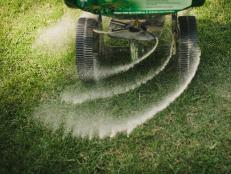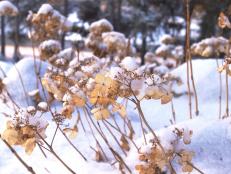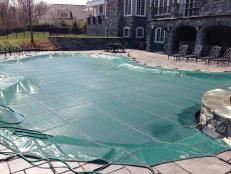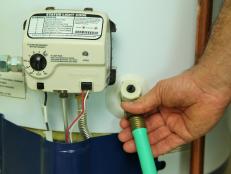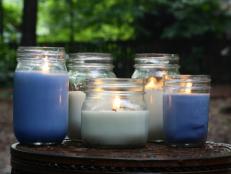How to Winterize Your Deck
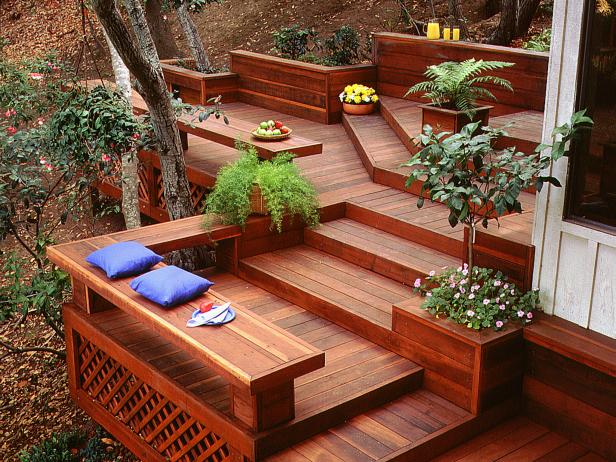
Photo courtesy of The California Redwood Association

Your deck has treated you well all summer long. It’s time to return the favor. Heavy use, sun and incidental damage can take a toll on a residential deck during the summer months, but as summer turns to fall and fall to winter, a new set of problems arise. Before winter weather sets in, fall is a great time to give your deck some preventative TLC. Protecting your deck from the elements can prevent costly repairs, keeps it looking good and ensures it will be ready for action when warm weather finally returns.
Is your deck ready for winter? Consider these tips for helping your deck weather the harsh season ahead.
Store Furniture
Wash outdoor tables and chairs and store indoors, if possible, to avoid leaving marks on the decking from inconsistent weathering.
Remove Planters
Any planters, pots or storage containers should be removed from the deck for winter storage. Moisture trapped between the deck and plastic, wood or ceramic containers can encourage mildew, discoloration or decay.
Inspect for Damage
Now that everything is off the deck, take a look at decking, railings and supports. Make any necessary repairs before cold and wet conditions exacerbate problems.
Clean All Surfaces
Thoroughly clean the deck using products recommended for the job. Power washing can restore the beauty of a well-used deck, but should be done with care. Pressure set too high can remove finishes or even scar wood.
Water Repellents
If the deck has lost its finish from years of good use, it may be time to refinish. If the luster is beyond rescue, paints designed for deck use have improved a great deal in recent years and may be the best solution to extend the life of older decks. In many cases, re-staining and the application of a water repellent will bring back your deck's beauty and keep it protected from the elements for a few more years.
Snow Removal
Sweep leaves from your deck regularly in the fall and routinely clear snow to minimize damage and fading from prolonged contact with snow and ice. A blower is preferred, but when shoveling, push snow with the planks instead of against to avoid scarring wood with an aggressive shoveling technique.







